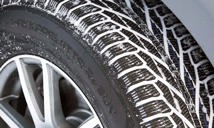Every year, around June, similar posts begin to creep onto social media feeds: “Look at this clown still driving around on his winter tires!”
Maybe some people are trying to save money. Maybe they’re actually using all-weather tires, a relatively new product that’s not yet well-known. Or, maybe, spring came and went, and these poor hapless drivers just plain forgot.
We hear so much in Canada about how important it is to use winter tires during the colder months. What doesn’t come up as often is that it’s just as important to take them off when the weather gets warm again.
Below are three points designed to convince you to put an annual reminder in your calendar.
1. It’s not a safety issue, except that it is.
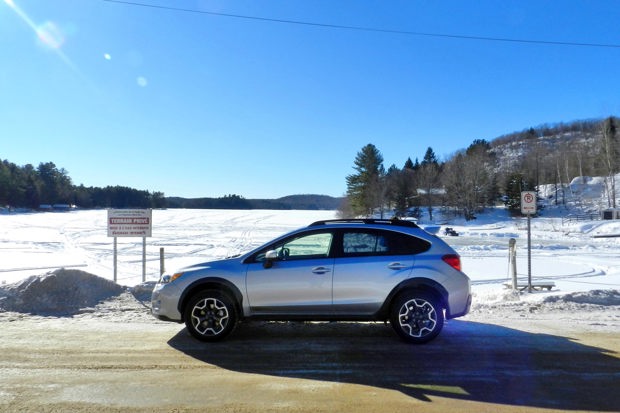
The standard advice is that winter tires should be installed when the average daytime temperature is below 7 degrees Celsius and summer or all-season tires can go back on when the average comes back above that same point. This is not only because the treads on winters are deeper but also because the rubber is softer and more compliant at lower temperatures, which all contributes to better performance through improved grip and stopping distance.
The Quebec Ministry of Transportation – which oversees the only jurisdiction in North America where the use of winter tires is legally required in the coldest months – recommends taking them off just as strongly as putting them on.
“For safety reasons, the Ministry advises strongly against using winter tires outside the bond period (of mandatory winter tire use) between December 15 and March 15,” says Mila Roy, media relations spokesperson for the Quebec Ministry of Transportation. “When the temperatures are warmer, the rubber compound of the winter tire may soften, so that can decrease the traction of the tires, and the braking ability of the vehicles will also be reduced.”
That said, no official statistics are available that demonstrate a clear correlation between warm-weather winter tire use and actual incidents that have caused damage or harm, which might lead some drivers to ignore this advice and think that simply driving more carefully could save them the cost of a tire change.
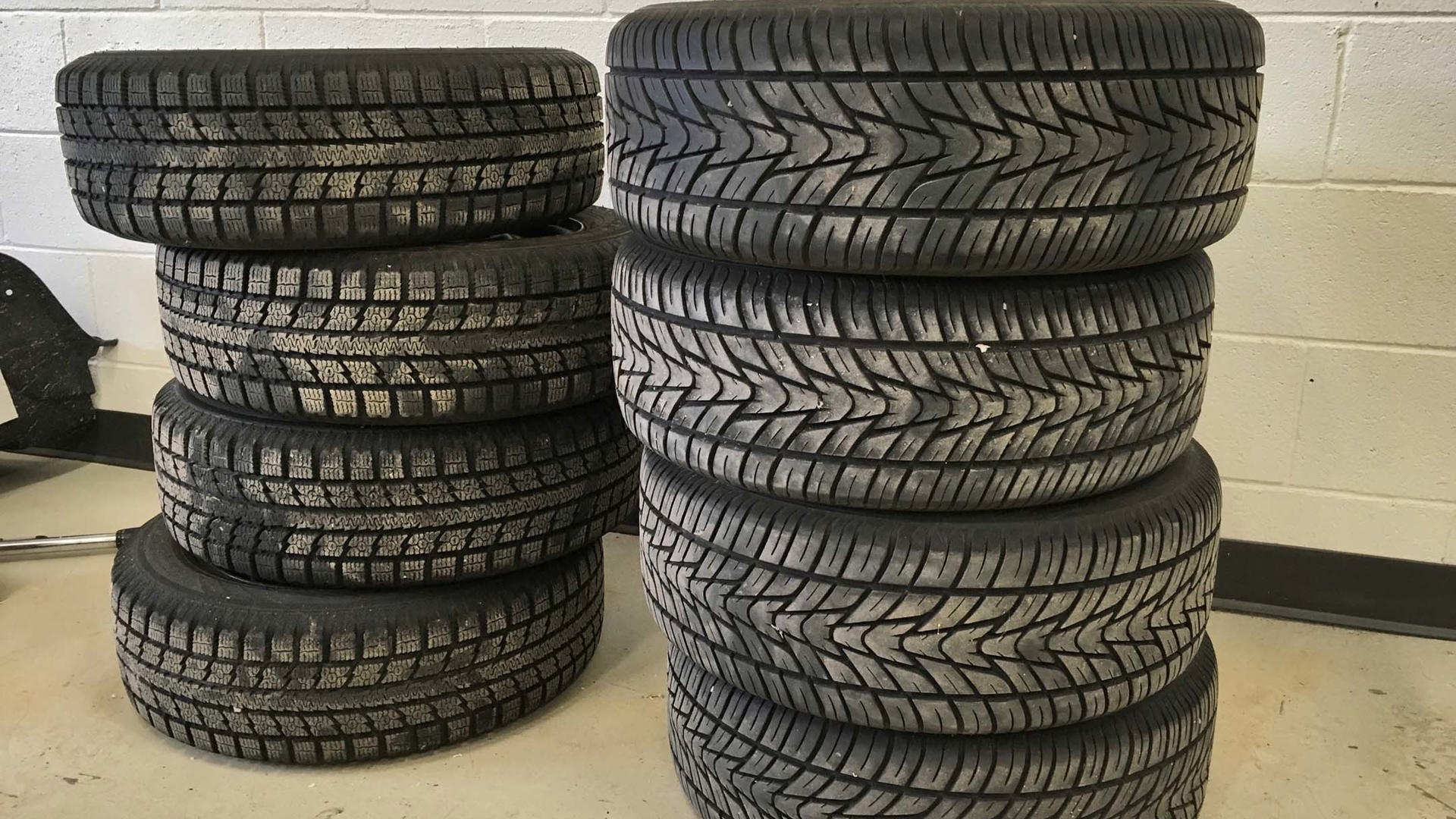
To find the true risk factor, it’s necessary to look longer-term.
“The compound (of a winter tire) is a little softer, a little more flexible, and it retains its flexibility in the cold temperatures,” says Barry Yutronke, Director of Operations for the Tire and Rubber Association of Canada. “If you run them through the summer, you’re going to accelerate the wear rate on them.
“You’ve got more movement on that contact patch between the road and the tire. Because you have that movement, as you turn you’re basically scuffing off more of that tread rubber in city conditions. On the highway, you’re going to generate more heat.”
Yutronke estimates that using winter tires in summer conditions can reduce the usable life of the tire by 25 percent or more.
This is workable for people who pay close attention to their tire health, but let’s be honest: most drivers don’t. The more likely scenario is that tires used this way will wear to a dangerous point earlier than expected – if the life of a tire used this way is advertised to last for 100,000 km, Yutronke says they might make it to around 70,000 to 75,000 km – and then a driver might continue to use them in winter conditions expecting them to perform better than they actually will.
Preserving the health of your winter tires by using them only when it’s cold is therefore a more present safety issue than people might realize.
2. Using winter tires in the summer costs you more money.
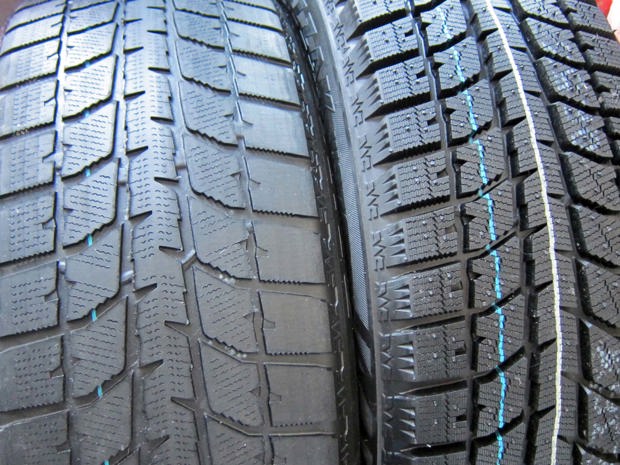
On the other hand, dollars tend to speak more loudly.
All that wear mentioned above means that you’ll be replacing your tires more often, and that difference in cost can add up to more than the cost of the tire changes. Investing a little up front – not only in a set of quality winter tires but also in a set of wheels to mount them on that you can keep for the life of your car – makes tire changes easier and less costly and can ultimately save you money over the long run. (And that’s not including the potential crash damage from driving on underperforming tires.)
“A lot of people who do buy dedicated winters will have an extra set of wheels purchased as well,” Yutronke says. “You’re not doing a full dismount-remount. You’re only unbolting and bolting on tires, so it’s a lot less costly over the long run.
“Plus, you’re also saving your nice wheels. They’re not going to get all full of crud from the road salt and dirt and stuff. (That’s) another good reason to switch to a winter set of wheels.”
3. The jury’s still out on all-weather tires.
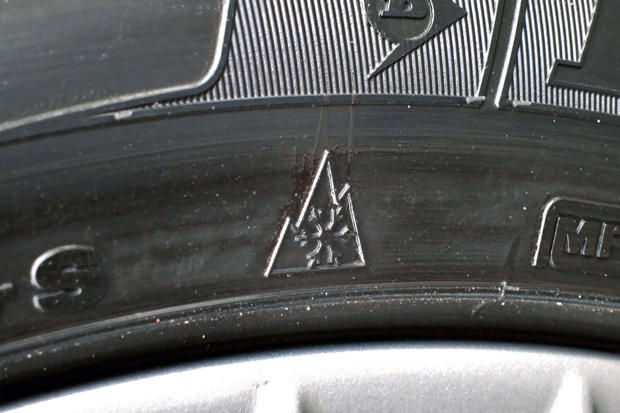
All-weather tires are relatively new on the market. They carry the three-peaks-and-snowflake symbol indicating that they’re winter-rated, but manufacturers say they perform sufficiently well in all seasons to be used year-round. (This, interestingly, is distinct from an all-season tire, which isn’t recommended for winter use. Confusing, right?)
Where all-weather tires are concerned, not everyone is completely sold on the idea.
“At the end of the day, it’s still up to the consumer to investigate, with the shop they go to to get their tire or their vehicle serviced,” Yutronke says. “But it’s a good conversation to have because they’ll have a lot of questions for you. What type of driving do you do? If you need your vehicle for commuting, you want to have the optimal performance out of your tires. So, in the case of almost any Canadian city, you’re going to want to have a dedicated set of winters and change over to your all-seasons in the spring.
“The compromise with the all-weather is that you are sacrificing performance and longevity. For some people who don’t drive a lot, maybe that’s fine. If you’re not counting on your car to get to work and you can manage through transit or whatever if the weather’s bad enough, then that may be the decision you want to take to avoid that changeover.
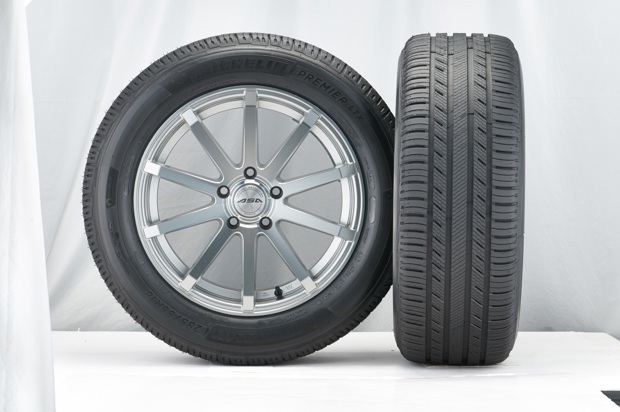
“At the moment, the (Quebec) Ministry (of Transportation) doesn’t have any public information regarding those tires,” adds Roy. “We do analyze every product that comes out on the market, but before changing our law or giving advice to users, we do an analysis on every component of the new product. For now, we don’t have any information on those.”
So, is it time to take your winter tires off?
For the types of drivers mentioned above, all-weather tires might be a workable solution. But winter tires are important for the rest of us, and removing them when the time is right saves those tires for the season in which they’re needed most as well as saving you money down the road.
Once the daytime temperature is consistently above 7 degrees Celsius – or if you’re in Quebec, whenever that happens after March 15 – it’s time to make an appointment with your local shop.
